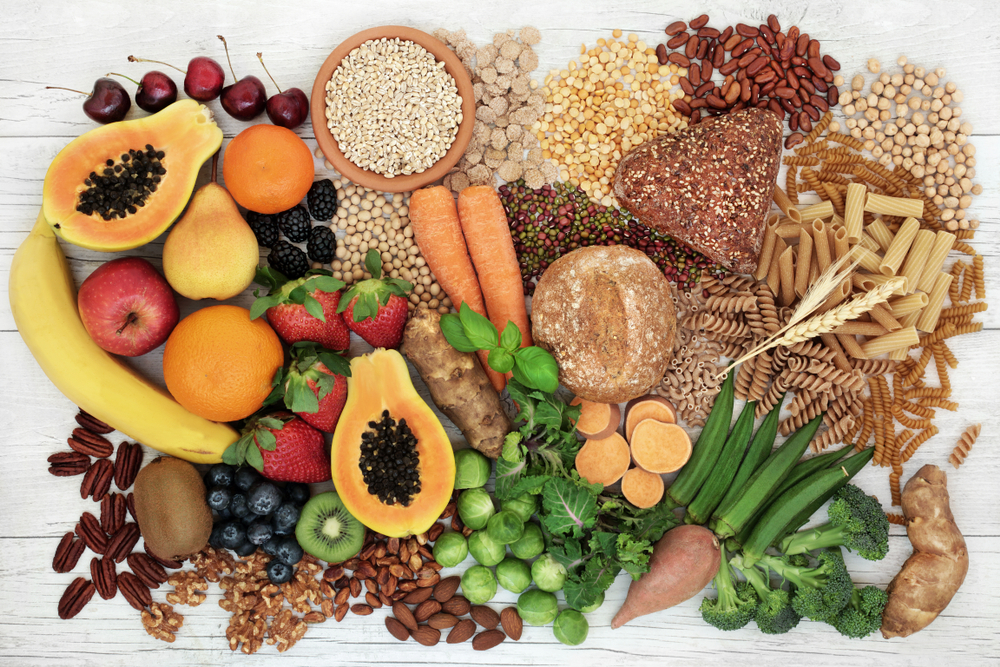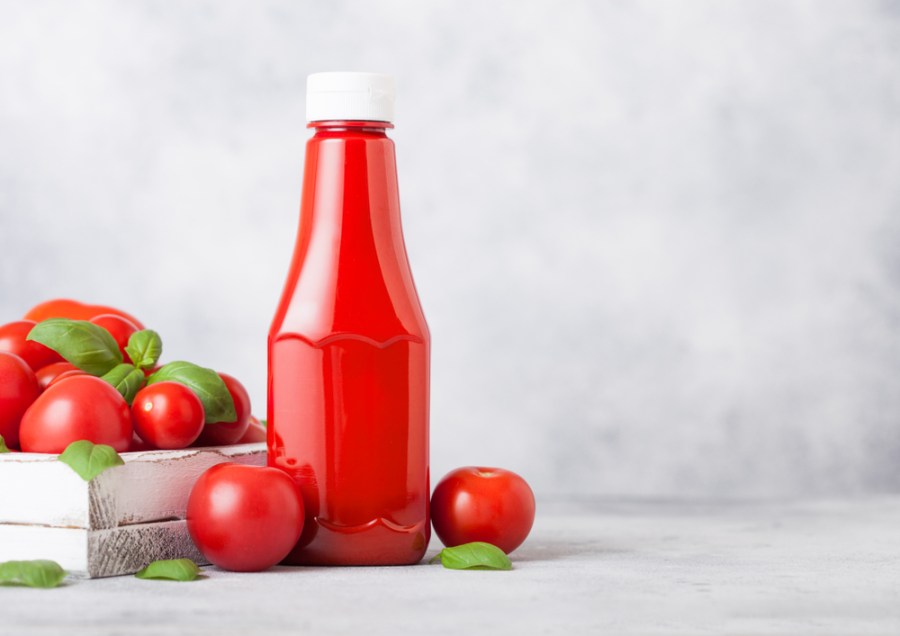There are certain foods that we tend to think of as healthy or at the very least, non-fattening, but these can be foods that can actually make us gain weight.
The more you know about food the more likely you are to make healthier food choices. Knowing sugar and salt content of foods, and how to read food labels, is a good way to manage your weight. Here’s our guide to foods with hidden fat and sugar.
We know that sweets and chocolates contain high amounts of sugar, but you may be surprised by other foods that also contain sugar and it’s frustrating to think you may be taking more sugar in than you realise, when you’re simply trying to be healthy. Here’s just a few to watch out for…
Raisins – contain 59g of sugar per 100g
Dried fruits like dates – contain 15g of sugar in four dates
Tomato Ketchup – contains 7g of sugar per 30g
Tomato-based pasta sauces – contains approx. 11.5g of sugar
1 carton of fruit juice – contains 10.5g of sugar per 250ml
Granola cereal – contains 12.4g of sugar per 45g
Breakfast bars – contain 12g of sugar per 37g bar
How to cut back on sugar

Choose water or unsweetened fruit juice instead of sugary fizzy drinks and juice drinks. Remember to dilute these for children. If you like fizzy drinks, try diluting fruit juice with sparkling water. Swap cakes or biscuits for a currant bun, scone or some malt loaf with low-fat spread. If you take sugar in hot drinks or add sugar to breakfast cereal, gradually reduce the amount until you can cut it out altogether. Check nutrition labels to help pick the foods with less added sugar or opt for low-sugar versions. Choose wholegrain breakfast cereals, but not those coated with sugar or honey.
‘Added sugars’ means those in drinks including fruit juices or fruit smoothies as well as sweeteners such as honey, maple syrup, table sugar, sucrose, fructose, fruit juice concentrates commonly added to products.
Top tips for healthy eating

Fill up on fibre – include plenty of vegetables and some beans or pulses. This could include a colourful salad or soup.
Keep salt intake low – Shop-bought sandwiches, soups can be high in salt. Make your own to keep the salt levels down.
Make the most of leftovers – These save time, money and can offer a healthier choice (e.g. cold, sliced frittata served with a green salad).
Watch the dressings – Ditch the creamy dressings and dress salads simply with a little balsamic vinegar, lemon juice or olive oil. Other healthy oils for dressings include macadamia nut oil, walnut oil, avocado oil, hemp oil and flaxseed oil.
Eat more fish – Try including some oily fish as part of your lunch at least twice a week e.g. mackerel salad, canned salmon or sardines or some smoked salmon. These are easy options and can be served with salad.
Make soups – Make your own vegetable and bean soup. Keep the saturated fat down by using a tomato based stock rather than cream or cheese. Beans and lentils are rich in soluble fibre known to help lower cholesterol and support bowel health.







